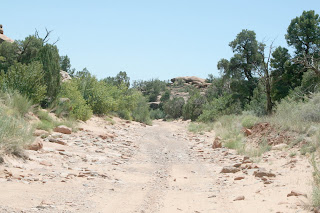Magpies belong to the Corvidae family of birds:
Corvidae is a cosmopolitan family of oscine passerine birds that contains the crows, ravens, rooks, jackdaws, jays, magpies, treepies, choughs and nutcrackers.[1][2] The common English names used are corvids (more technically) or the crow family (more informally), and there are over 120 species. The genus Corvus, including the jackdaws,crows and ravens, makes up over a third of the entire family.
Black-billed Magpies are omnivores but feed most often on insects. During post-breeding dispersal, they eat a number of conifer seeds. They eat berries, nuts, and seeds during winter. Black-billed Magpies also eat carrion. Magpies are intelligent and resourceful opportunists. They form large, noisy roosts in winter, sometimes numbering over 700 birds. They flip items over to look for food, follow predators, and sometimes steal food from other birds. They also take ticks from the backs of large mammals, and pick at open sores on those animals' bodies. They can even use scent to find food--an unusual trait for birds, which generally have very little sense of smell. They are often very bold, but in areas where they have been harassed, they become quite wary. Black-billed Magpies traditionally followed Native Americans and lived off the refuse of their bison hunts. Black-billed Magpies now frequent farms and ranches and roadsides, and have been known to rob trap-lines, take poultry eggs, and raid orchards. They are often seen on the side of roads eating road kill
They were considered vermin, and many Black-billed Magpies were killed as pests in the early 20th Century. They are still considered pests by some. Despite this, they remain common and widespread. They are protected in the United States, but not in Canada where they are still killed in some areas. Pesticides are of concern, especially those used on livestock, since magpies often perch on livestock and eat those pests that are being poisoned.
Magpies do have some redeeming qualities besides their beauty; Magpies help control pest insects such as grasshoppers and tent caterpillars, and also “clean up” dead animals and garbage scattered by other animals. Other species of birds and mammals often use unoccupied magpie nests.
Although magpies prey on songbirds and their young, research suggests that they do not ordinarily have a significant impact on songbird populations. However, because magpies are intelligent, opportunistic, and at times congregate in large numbers in close proximity to humans, conflicts can occur.
Magpies seem to be jacks of all trades - scavengers, predators and pest-destroyers, their challenging, almost arrogant attitude has won them few friends. With its noisy chattering, black-and-white plumage and long tail, there is nothing else quite like the magpie. When seen close-up its black plumage takes on an altogether more colorful hue with a purplish-blue iridescent sheen to the wing feathers, and a green gloss to the tail.
Though hated by many I still love Magpies and enjoy watching them.






















































